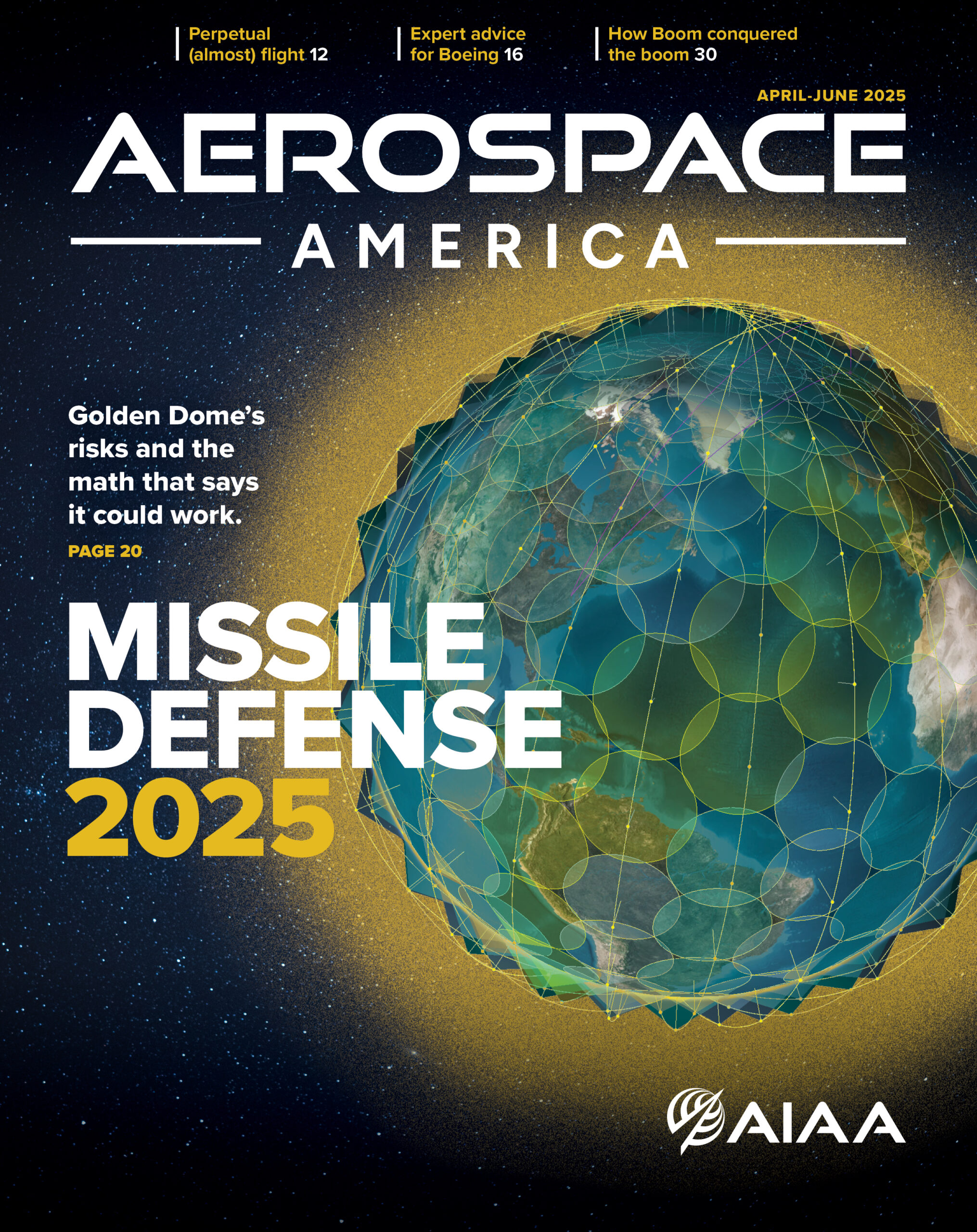Linear thinking is easy. Taking into account disruption is really hard,” said Institute President Dan Hastings, setting the tone for AIAA’s 2025 CTO Summit.
The special conclave of engineers was held 2–3 September at The MITRE Corporation’s headquarters in McLean, Virginia. Chief technology officers, chief scientists, and VPs of engineering from AIAA’s corporate member and partner organizations gathered for our second CTO Summit designed to shape the future of aerospace.
This year’s Summit fostered candid dialogue and cross-sector collaboration to address the most pressing technical challenges facing the rapidly evolving aerospace sector. We convened 47 of the leading minds driving aerospace innovation. The event started off by establishing a trusted environment to exchange insights about transformative technologies and trends. Then we dug into the federal budget and asked questions about the direction of spending on new programs and technologies. Experienced technology leaders also spoke to best practices and messaging to elected and appointed officials who are making critical budget and procurement decisions.
The aerospace sector is known for embracing disruptive technologies that profoundly connect the world. From the earliest days of powered flight, aviation pioneers created a standard of rapid technology development and implementation we continue to rely on today. Today’s newest aerospace technologies promise vast improvements, greater efficiencies, and new ultra short/vertical lift capabilities to dramatically change how people move. Across our community, we are challenged to balance the benefits gained from new technology with smart integration into tomorrow’s air traffic systems, ensuring they are resilient, secure, and safe.
Our discussions were so valuable I want to share some of the early insights we gained. We are finalizing the Institute’s comprehensive CTO Summit Report with their top insights and recommendations in the coming weeks.
Our facilitators at Oliver Wyman identified the top technology topics we tackled during the Summit:
- Overcoming resistance to broad adoption of AI in aerospace
- Accelerating the use of digital thread engineering
- Scaling autonomy across manufacturing and mission applications
It’s not surprising this esteemed group identified AI and autonomy as the technologies likely to have the largest impact on the aerospace and defense industry in the next five years, while also seeing the most significant unresolved technical challenges.
A majority confirmed they are actively investing in AI, machine learning (ML), and autonomy. They also shared that their deployment of AI/ML in mission-critical or safety-critical systems remains uneven. As we witness the adoption of many AI features in aircraft, spacecraft, launch systems, national security applications, and supporting ground systems, our industry as a whole lacks a comprehensive methodology for certifying AI-driven technologies.
We recognized that the next generation of aerospace professionals are both digital and AI natives. I hear from AIAA university branch students and young professionals that they are actively teaching mid-career engineers how to employ AI tools in their capacity as interns or newly hired engineers. They have an innate capacity to quickly adopt new technologies and digital approaches to problem-solving. We want to ensure that aerospace gives them attractive career opportunities to help us leverage the latest computing technologies to advance the state of the art.
Embracing AI in Aerospace
Coming out of AIAA SciTech Forum, I wrote about the power of AI as one of this year’s top technology trends. We had been fortunate to hear the perspectives of some of our industry’s leading thought leaders at the industry’s premier aerospace R&D event. Throughout the year, AIAA has continued to lead the industry in addressing AI, delivering six Continuing Education courses on AI and ML. We continue to publish papers and journal articles on AI/ML in our vast online library, Aerospace Research Central (ARC), with more than 600 references available – some dating back to the early 1980s. We have read the frequent reporting on the impact of AI across our industry from the Aerospace America team.
Next Steps Forward
The CTO Summit brain trust challenged the Institute to think and work across industry, academia, and government as we build upon their collective ideas and strategies. Their recommendations around AI adoption included: setting standards, developing acceleration roadmaps, providing education resources, and emphasizing the topic with task forces and in AIAA event sessions, as well as supporting workforce development. We will use the findings from the Summit as a tool to inform the Institute’s work going forward.
We were cautioned by MITRE’s CTO Charles Clancy to recognize what’s at stake. “In today’s world, the aerospace domain is increasingly a contested battlespace, even our commercial and civil systems and their ground systems are targets. Aircraft and spacecraft are potential targets. That reality must shape how we design, deploy, and defend the next generation of aerospace technologies.”
AIAA is taking these insights to heart, ensuring that disruption is not only acknowledged but embedded in how we serve the aerospace community. We will continue aligning the Institute’s work with the technologies that will most profoundly shape our future.




